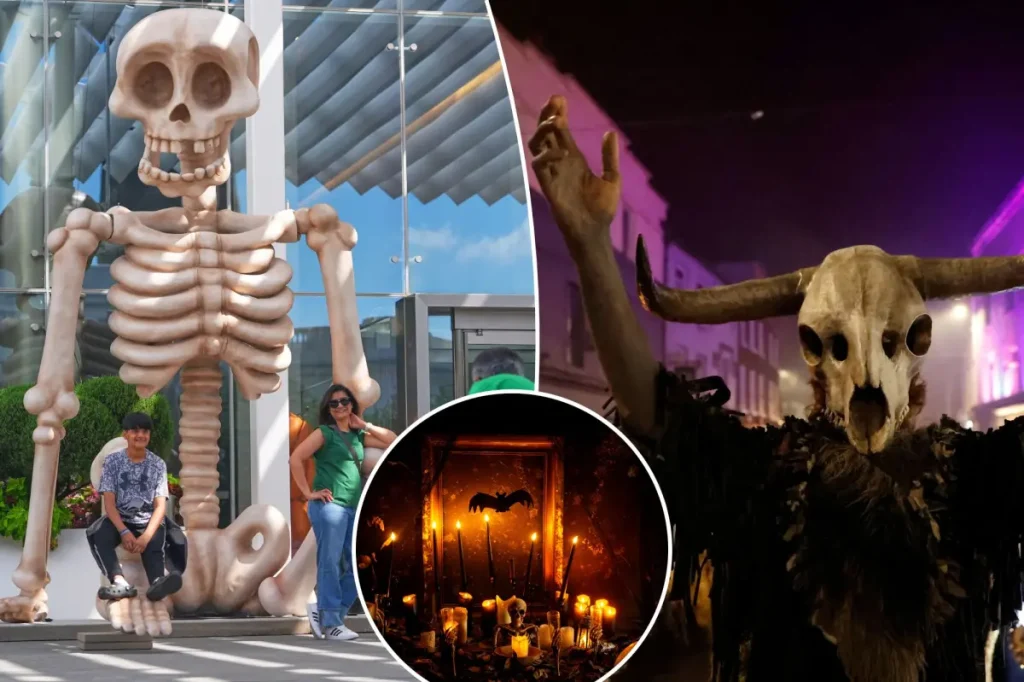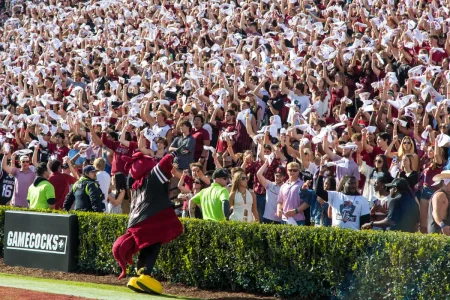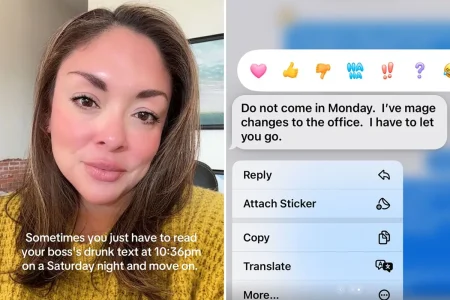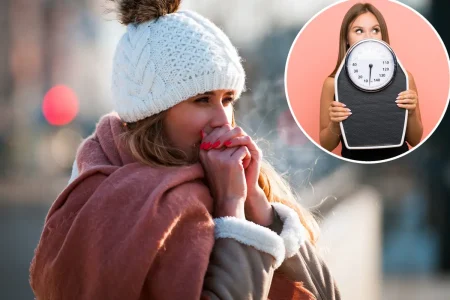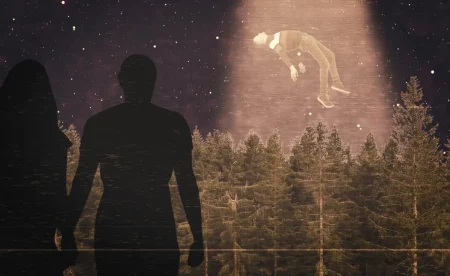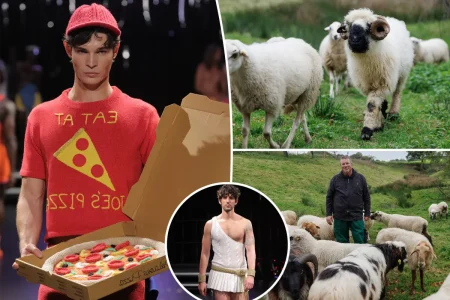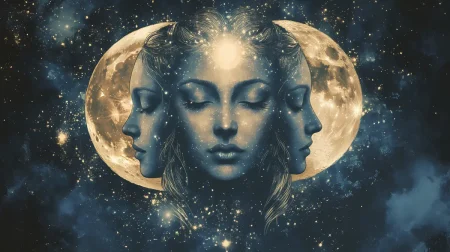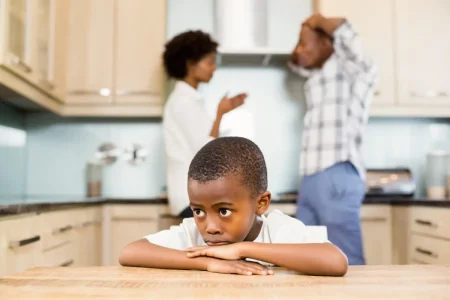Halloween Spirit Brings Communities Together Across America
In the quiet town of Blairstown, New Jersey, where scenes from the original “Friday the 13th” horror movie were filmed, 69-year-old Sherry Jenkins has embraced the Halloween spirit that envelops her community. Each year, she opens her home to friends and distributes candy to over 1,000 eager trick-or-treaters who venture into the Halloween-obsessed town. “We’re definitely where the party is,” Jenkins remarks with a chuckle, recalling the year she attempted to offer raisins instead of candy—a decision that earned her plenty of good-natured teasing. Though she may not go all-out with elaborate decorations, she does adorn her yard with festive touches and often throws together a last-minute costume for herself. She might even dress her dog in a butterfly outfit this year, placing her among the mere 9% of American adults who costume their pets according to a recent AP-NORC Center for Public Affairs Research poll. Like many Americans, Jenkins occasionally enjoys watching horror movies, noting that they provide a thrilling but safe way to “get your heart rate going.”
The poll reveals that about two-thirds of U.S. adults plan to celebrate Halloween this year, with parents of children under 18 being particularly enthusiastic participants. Approximately 80% of parents with young children will engage in Halloween festivities, compared to 60% of adults without kids at home. Parents are not only more likely to take their children trick-or-treating and help them into costumes but also more inclined to don costumes themselves. Jessica Byrd, a 34-year-old mother from Kingman, Arizona, embodies this parental enthusiasm, declaring Halloween her favorite holiday. “I love the free candy, of course, and everybody’s nice to each other and welcoming on Halloween,” she explains. This year, she’ll dress as Oogie Boogie from “The Nightmare Before Christmas” while her 15-year-old son and 10-year-old daughter transform into Snorlax from Pokémon and Tigger from “Winnie-the-Pooh,” respectively. Similarly, 34-year-old Fred Joncas from Durham, North Carolina, plans to accompany his excited 3-year-old daughter trick-or-treating, with dad dressed as Abby Saja from “KPop Demon Hunters” and his toddler as a Pokémon character.
The tradition of giving out candy remains a cornerstone of Halloween celebrations, with about one-third of American adults planning to distribute treats. Despite occasional debates about healthier alternatives, only 5% of adults report they’ll offer nutritious snacks instead of candy. Beyond candy distribution, approximately 31% of Americans intend to watch a scary movie as part of their celebration, finding comfort in the controlled thrill of fictional frights. About 30% of adults will display Halloween decorations in their homes or yards, while roughly 25% plan to carve pumpkins, continuing time-honored traditions that create the distinctive atmosphere of the season. These activities create a shared experience that crosses generations and brings communities together for this uniquely participatory holiday.
For some enthusiasts like Jessica Byrd, Halloween isn’t merely a once-a-year celebration but a lifestyle. Her Arizona home features witches, skeletons, and bats as year-round decor. “It’s creative and nice to express that creativity,” she explains, highlighting how the holiday provides an outlet for imagination and self-expression. In Colorado Springs, 75-year-old Kathy Rice’s Halloween passion stems from cherished childhood memories of growing up in a large family in a neighborhood filled with children where “everybody made a big deal out of Halloween.” Today, Rice decorates extensively, placing a large furry spider at her home’s entrance and illuminated faux pumpkins throughout her yard. A centerpiece of her display is an oversized cauldron bearing a playful sign: “Trick-or-treat, smell my feet!” This cauldron serves a special purpose beyond decoration—it’s the vessel for a private Halloween tradition she shares with her neighbor, where they leave each other small gifts throughout the spooky season. “So far this year I’ve left her some magazines, cookies and a little decoration,” Rice shares. “She left me a cookie, some bubblegum eyeballs and a clip for my hair that has really weird Halloween hands on it.”
Not everyone embraces Halloween with the same fervor, but many still find joy in modest celebrations. Karalyn Kiessling, a 31-year-old from South Lyon, Michigan, describes herself and her husband as “moderate Halloween people.” Without children, they haven’t yet felt compelled to transform their entire house into a haunted spectacle, though she doesn’t rule out more elaborate celebrations in the future. “We like to dress up and go to Halloween parties with our friends,” she explains, finding her own comfortable level of participation. This year, Kiessling is creatively incorporating a recent surgery scar into her costume planning: “I’m thinking of being Bride of Frankenstein this year,” she laughs. While the couple steers clear of horror movies, they maintain their own Halloween tradition by watching “The Rocky Horror Picture Show,” which Kiessling describes as “fun and campy… a cult classic.” This personalized approach to celebration demonstrates how Americans adapt Halloween traditions to suit their preferences and circumstances while still participating in the collective festivity.
The widespread enthusiasm for Halloween across different demographics reveals how this holiday has evolved from its ancient origins into a modern cultural phenomenon that celebrates community, creativity, and the playful exploration of the spooky and supernatural. From rural towns like Blairstown that lean into their horror-movie connections to families creating memories through shared costumes and trick-or-treating adventures, Halloween provides a unique opportunity for Americans to connect with neighbors and express themselves through decoration, costume, and tradition. Whether someone is a Halloween super-fan with year-round decorations or a “moderate” participant who simply enjoys a themed party with friends, the holiday offers flexible ways to engage that span generations. As children excitedly anticipate “Halloween, Halloween” months in advance and adults rediscover childhood joy through their participation, the holiday continues to thrive as a beloved cultural institution that brings a welcome sense of whimsy and connection to communities across America.





